What if the solution to restore our native forests more effectively, efficiently, and cheaply has been flying around us all along?
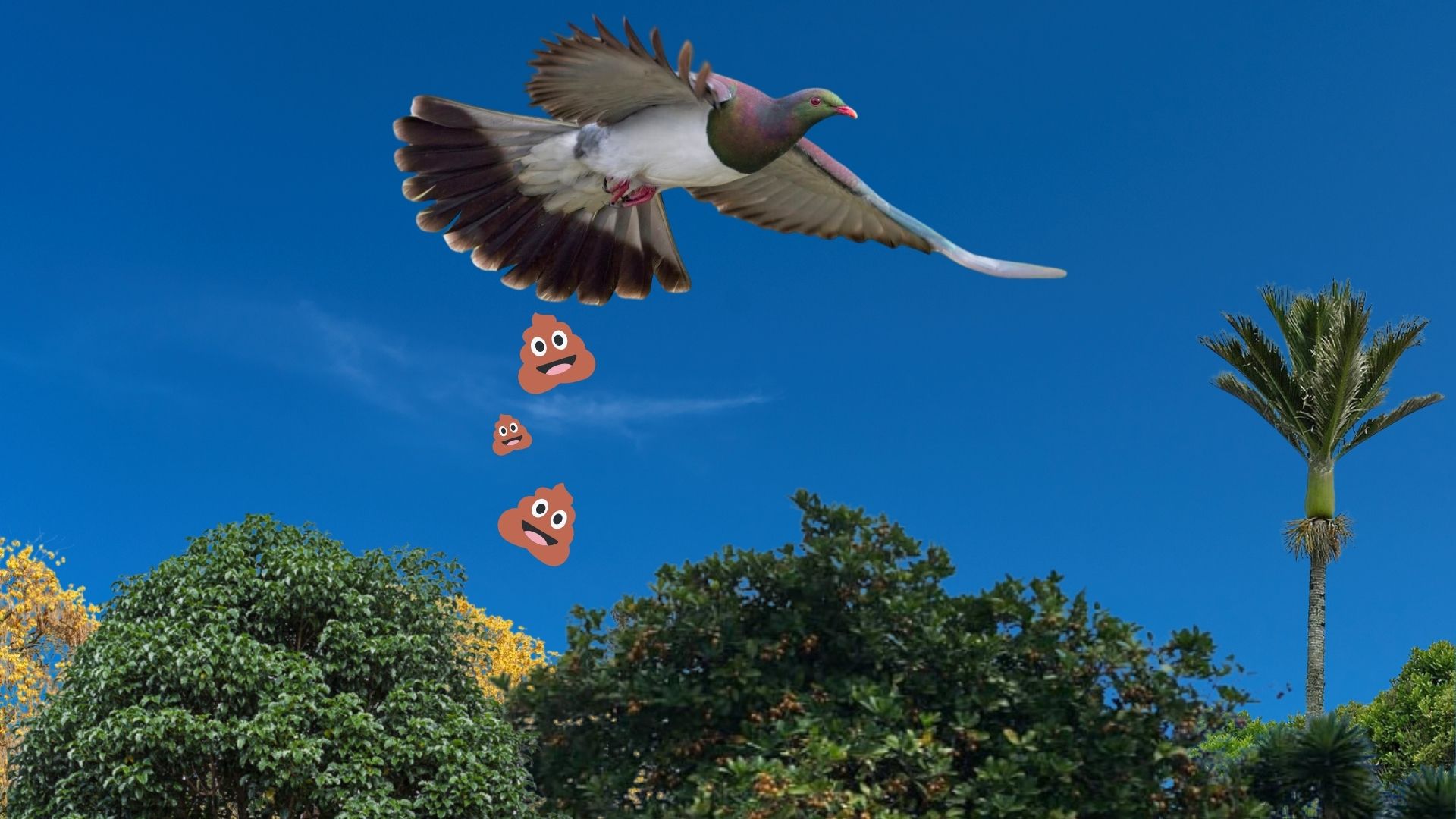
That’s the question being explored at Waikereru, a 120-hectare haven for native plants and animals. Located along a winding inland gravel road just nine kilometres from Gisborne, Waikereru is one of the country’s biggest ecological experiments.
The latest hypothesis being put to the test is ‘seed islands’.
Step one: Plant an area of native fruiting trees to attract local bird populations.
Step two: Let nature do its thing
The idea is simple enough and seems to work – even if it was initially unintentional.
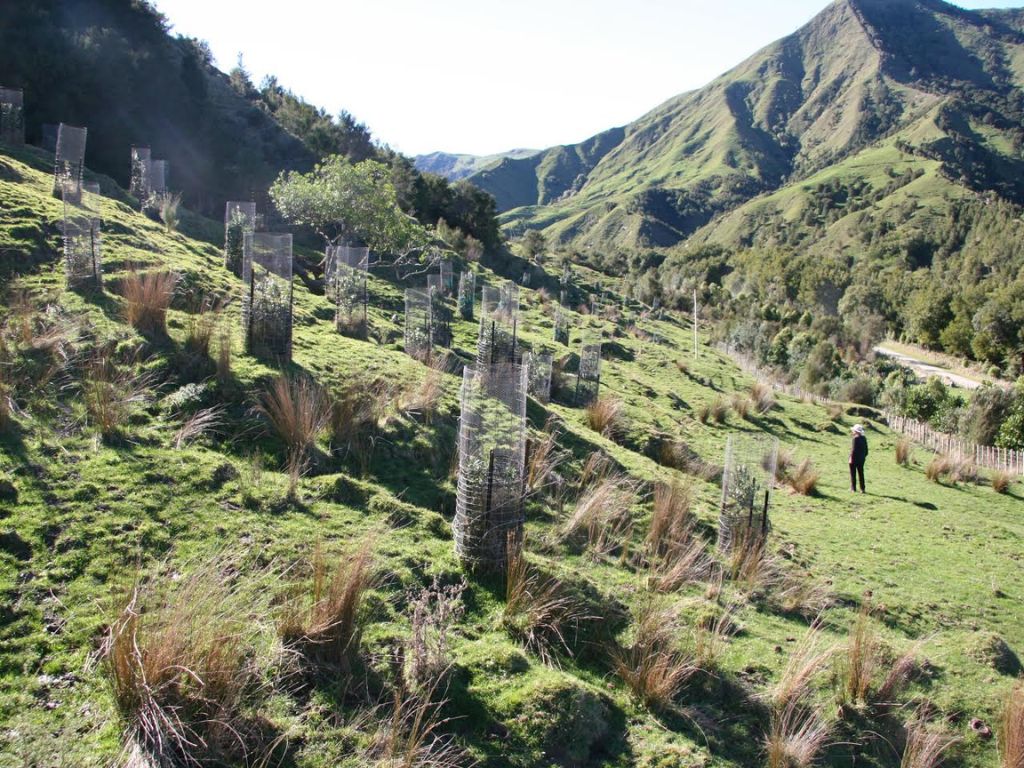
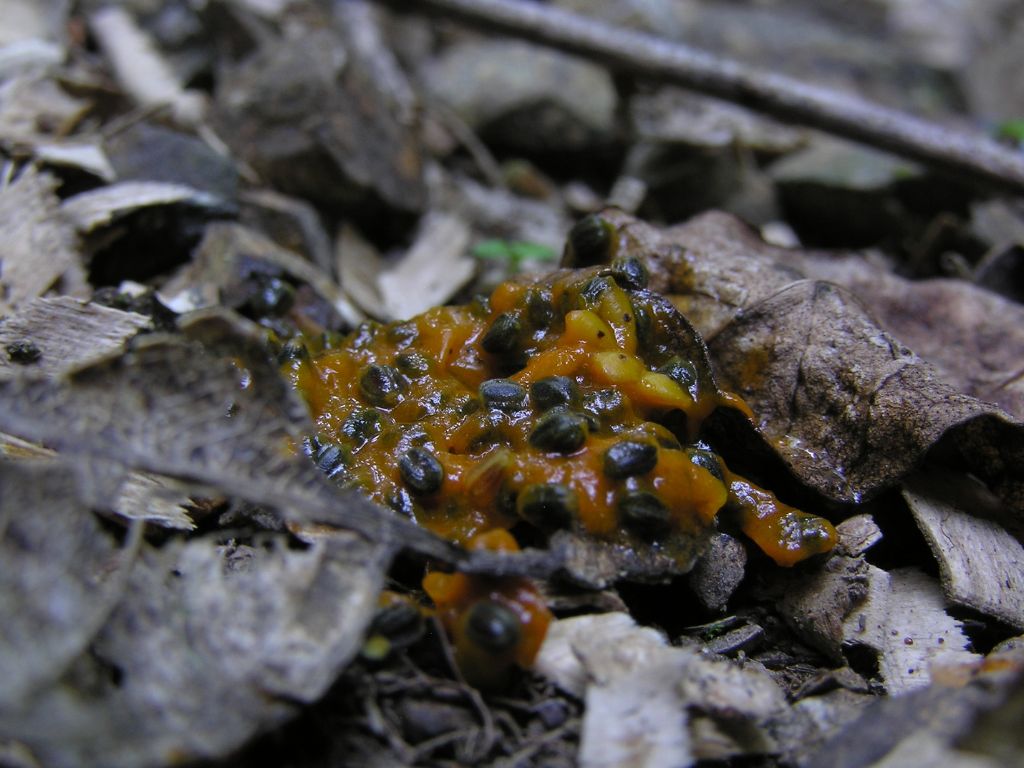
Twenty-three years ago, Waikereru founder and chairperson Dame Anne Salmond planted groves of fruit-bearing trees, including tītoki, pūriri, karaka, and tōtara, to create wildlife corridors between Longbush Reserve and regenerate native bush in the Waimata River valley.
The aim was to stabilise the eroding foothills of the land formerly used as a sheep farm, but there was also an inadvertent benefit.
“It’s food for the birds; they’re brilliant at restoring a native forest, and you don’t have to pay them,” Dame Anne says.
Science and seedlings
The initial success drew the attention of Manaaki Whenua Landcare Research, Tāne’s Tree Trust, and Trees That Count. They wanted to understand which trees do well in different habitats and how diverse native forests can be established faster and more naturally than labour-intensive and expensive planting (which can cost more than $20,000 per hectare).
Dame Anne believes birds and nature are the best teachers.
“The most compelling part is seeing what happens when you give the land and the forest half a chance to recover.
“If a seed doesn’t take, it’s not meant to grow there. So you don’t have the problem of buying plants from nurseries and putting them in the wrong places. You’re saving money, time and effort and working with the natural systems instead of trying to tell them what to do.”
As part of a three-year funded project, 31 seed islands have been dotted across Waikereru in a highly controlled experiment.
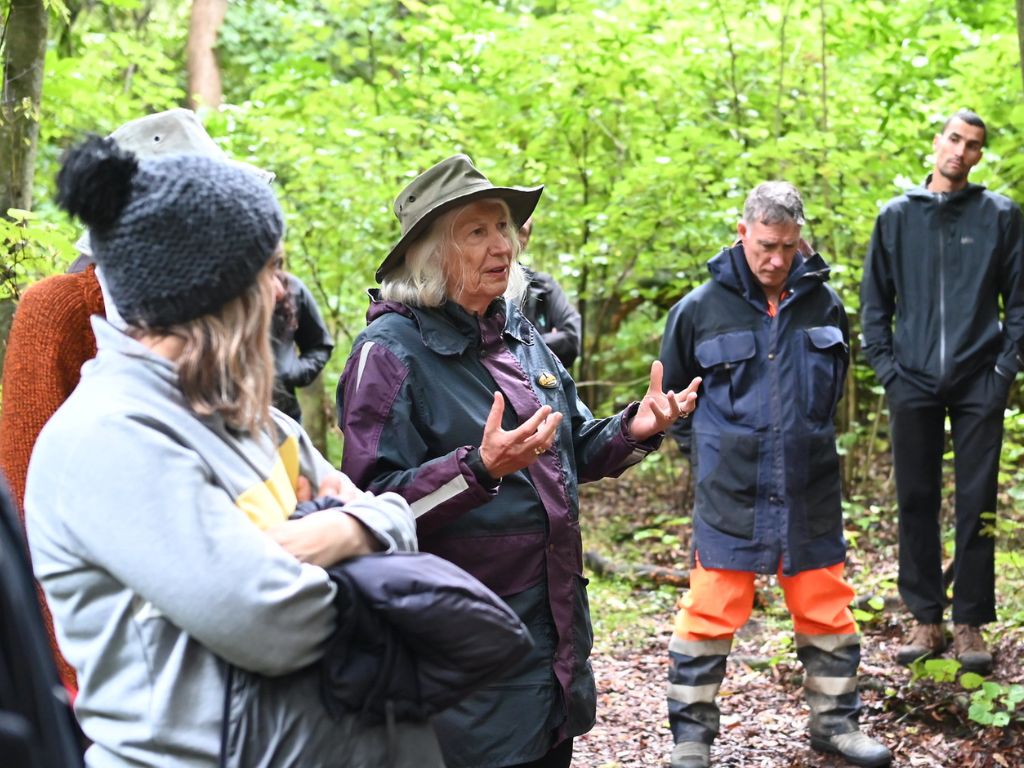
Planting these concentrated areas of native trees means the plots can be monitored closely, while pest and weed control around the islands can also be done.
The latest report card shows the seed islands are, literally and figuratively, bearing fruit. At the rate they’re growing within the sheltered kānuka-dominated forest, it’s hoped they’ll soon be mature enough to provide the birds and wind with seeds to disperse far and wide.
‘It’s wonderful to see what comes back’
Birds aren’t the only ones benefiting from this experiment. Providing the conditions for nature to bounce back can profoundly impact the whole ecosystem.
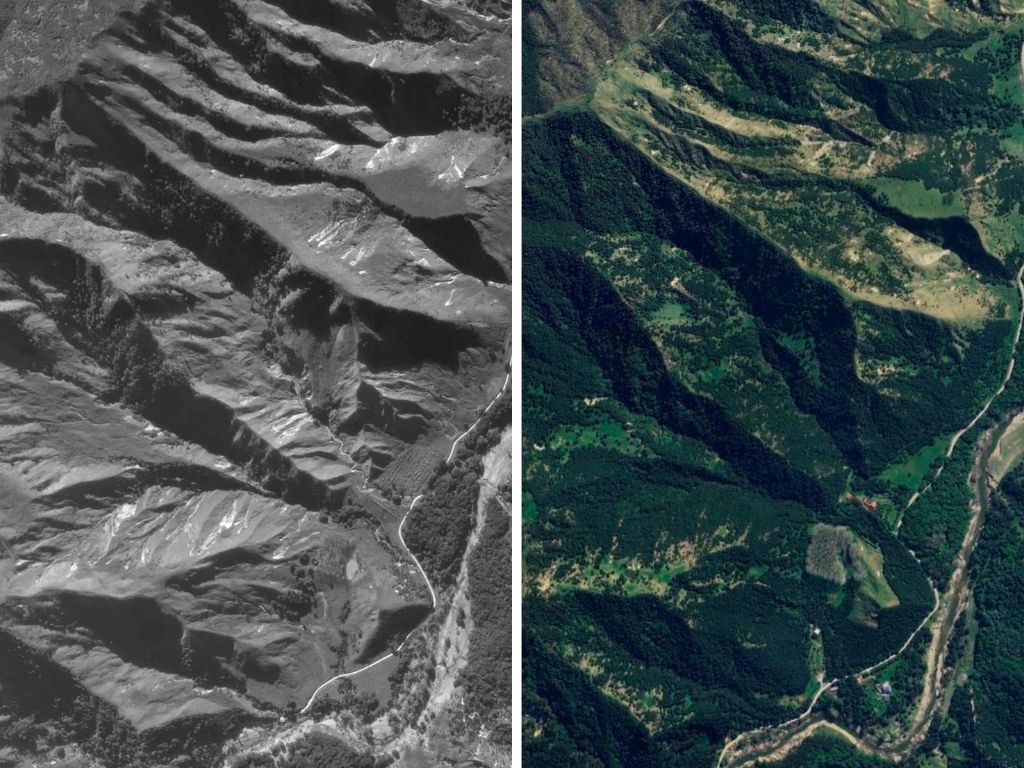
Long-lived trees in temperate rainforests across the country and at Waikereru are among the best in the world for storing carbon dioxide.
Their intertwined root networks also hold the land together, providing much better erosion control than pine plantations.
“You have indigenous forest instead of pine plantations, lots of biodiversity, clean streams, beautiful landscapes, microclimates, and not all that sediment and forestry waste going downstream and ending up in the ocean.”
Waikereru is now home to a multitude of creatures, including insects, butterflies, moths, lizards, and long-tailed bats.
“What’s amazing is what comes back. All of a sudden things pop up you had no idea were there or had arrived. Just recently, they found a carnivorous snail at the top of the hills, which no one knew was in Tairāwhiti before,” Dame Anne says.
New plants and trees have also taken root
“Underneath the trees in Longbush Reserve it used to be bare, and now it’s just full of life. Rare native orchids just turn up out of nowhere, as well as mataī trees that we didn’t have before.”
However, while the seed island experiment shows early promise, it will be years before its success is secure. With funding set to expire this year, Waikereru is applying for funding to maintain the progress made so far.
“We need to keep the trial going so that those trees can fruit and the birds can start doing their work,” Dame Anne says.

